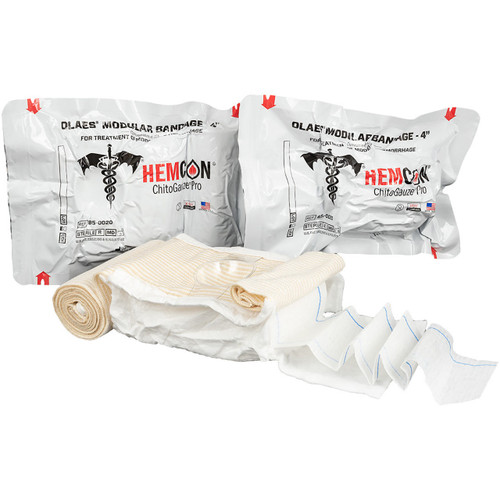Yes, I did a search and THIS thread came up. In it, QuikClot was mentioned but all I see it offered in are some pretty large strips. I would like to know if the BleedStop powder is good for small wounds. Fucked up and managed to run a blade about an inch deep into the soft tissue between my thumb and index finger. Ended up with a cut about an inch wide / deep. Didn’t have much on hand here if it had been any worse.
I will be putting together a better first aid kit for my home and vehicle.
I will be putting together a better first aid kit for my home and vehicle.






